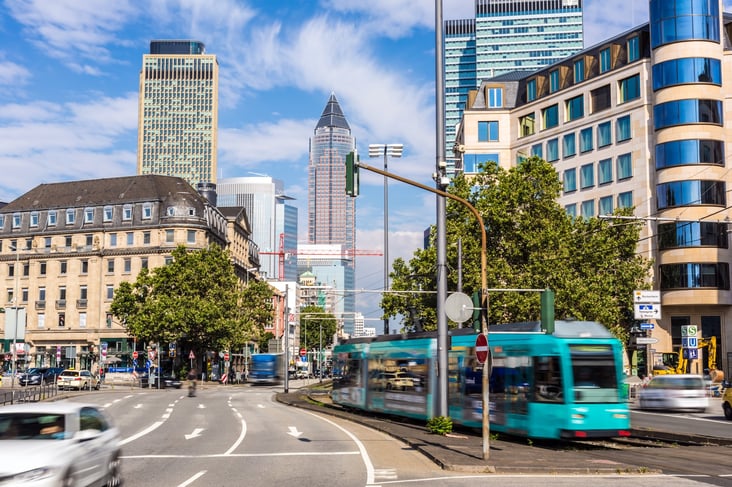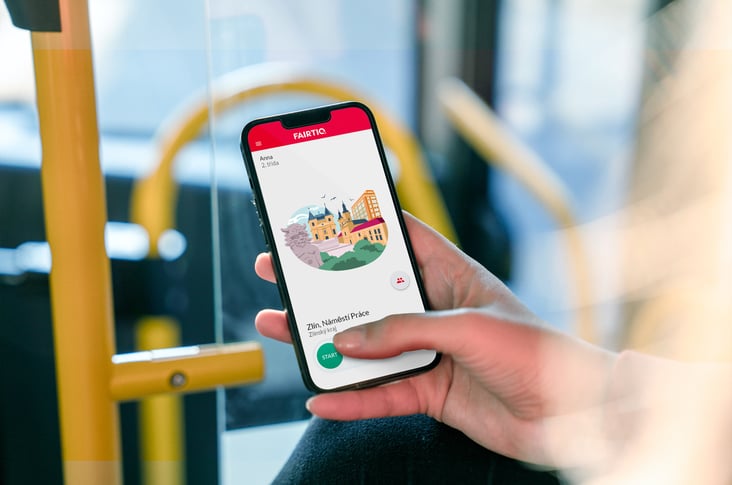-1588791675.jpg?width=732&name=fairtiq_product-10-(1)-1588791675.jpg)
Can public transport recover from the COVID-19 shock?
Public transport use has fallen dramatically since the coronavirus lockdown began. One of the main recommendations from governments to stem the spread of infection has been to avoid travelling altogether and to use private transport, where possible, for essential journeys. An article by management consultants civity forecast that it could take the public transport sector at least two and up to five years to get back to pre-lockdown levels and that providers should put hygiene measures and customer loyalty efforts at the top of their agenda. Also, the management consultancy firm mobilité suggests in its latest article that efforts should focus on digital sales systems, which would allow providers not only to offer flexible and dynamic fare products that are better suited to changes in customers’ needs, but also develop their digital customer management service.
-1588791675.jpg)
Contactless ticketing – the simplest and safest solution
It is crucial that providers take steps to ensure the safety of users as far as they possibly can. One way to do this is by providing more on-board space by staggering school start times, for example. Other measures that would certainly help include denser intervals and more vehicles. The problem, though, is their long lead time. There is one solution that is not only feasible but would also certainly provide ticket office staff and travellers with a certain level of protection: contactless ticketing. Given that even touchscreen ticket machines could be a potential source of transmission, paying for fares via smartphone is currently the safest and simplest option.
Responding to changing mobility needs with weekly and monthly best price guarantees
Winning back customers must also be top of providers’ to-do list is. They need to factor in the possibility that many users may no longer want to invest in a travelcard either because they now work from home more or because they are worried about a second outbreak. Price certainty – but with no strings attached – is an important factor for this group. One possible way of increasing their public transport use would be to offer a best price guarantee on a weekly or monthly basis or to create a special travelcard for ‘part-time commuters’. To attract new customers as well as more occasional users, providers could run targeted campaigns such as bulk discounts and rebates on multi-journey tickets. These kinds of measures would encourage this group to (again) take public transport and incentivize active use. FAIRTIQ could support providers here thanks to its smartphone-based technology. For example, this could help providers offer supersaver fares on certain routes or travel zones and even at specific times (time-of-day discounts), and to determine precisely who is eligible for these reductions.
A safe recovery
At FAIRTIQ, we want to work hand in hand with our partners to make public transport the most sustainable, safest and most convenient form of travel again. Thanks to our digital operating and marketing platform, we can help create opportunities to win back and expand providers’ customer base, and restore confidence in public transport.







Share